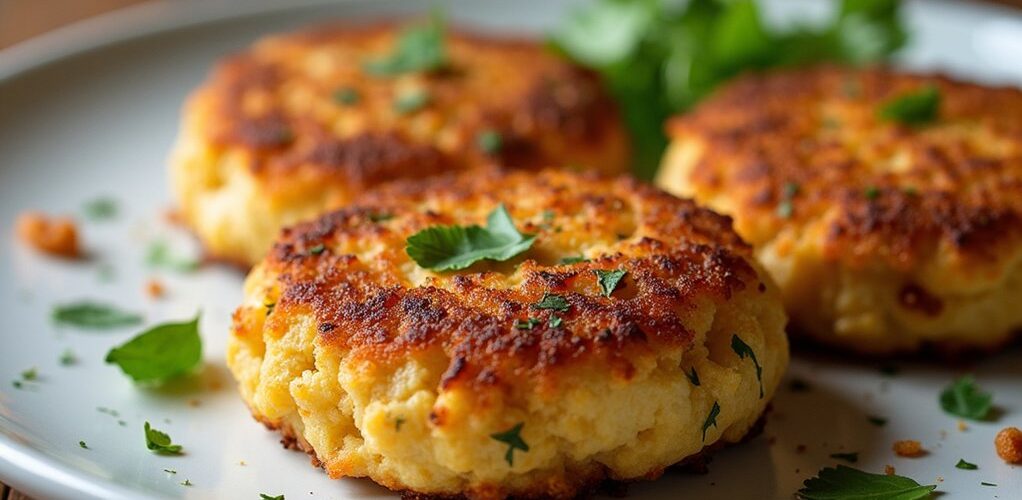
Traditional crab cakes typically contain 15-20 grams of carbohydrates per serving due to breadcrumbs, making them unsuitable for low-carb diets. However, modern keto-friendly versions using almond flour or crushed pork rinds as binding agents contain only 1-2 grams of net carbs while maintaining the classic taste and texture. These alternatives, combined with fresh crab meat and proper seasonings, offer a protein-rich option that fits within ketogenic dietary guidelines. The key to success lies in understanding strategic ingredient substitutions and preparation techniques.
Key Takeaways
- Traditional crab cakes contain 15-20 grams of carbs per serving due to breadcrumbs, making them unsuitable for low-carb diets.
- Low-carb crab cakes using almond flour or pork rinds contain only 1-2 grams of net carbs per serving.
- Pure crab meat contains virtually zero carbs, while imitation crab meat contains approximately 13 grams of carbohydrates.
- Keto-friendly binding alternatives include almond flour, crushed pork rinds, and flaxseed meal for maintaining low carb content.
- Quality crab cakes offer significant protein (17 grams) and omega-3 fatty acids while remaining low-carb when prepared with suitable ingredients.
Understanding Traditional Crab Cake Composition
Mastery of traditional crab cake composition begins with understanding its fundamental ingredients and their roles in creating this beloved seafood dish.
The classic crab cakes recipe centers around fresh lump crab meat combined with eggs and mayonnaise as primary binding agents, while seasoning enhances the natural seafood flavors. A significant component of traditional preparations is the inclusion of breadcrumbs, which serves both as a binder and texture enhancer but contributes substantially to the carbohydrate content.
Many low-fat products have hidden sugars that disrupt ketosis, including light margarine and reduced-fat dressings that often include sweeteners. For those seeking low carb crab cakes, understanding these basic ingredients is essential, as the standard recipe can contain between 5 to 15 grams of carbohydrates per serving.
The quantity of breadcrumbs and other binding ingredients directly impacts both the final texture and carbohydrate count, making ingredient selection particularly important for dietary considerations.
Carbohydrate Content Analysis
The carbohydrate content in crab cakes varies dramatically between traditional and keto-friendly preparations, with conventional recipes containing upwards of 20 grams of carbs per serving due to breadcrumb fillers. Modern low-carb versions, which substitute almond flour or pork rinds for breadcrumbs, can reduce the carb count to just 1-5 grams per serving while maintaining structural integrity. The choice of crab meat also impacts the carbohydrate profile considerably, as imitation crab meat contains roughly 13 grams of carbs per serving compared to virtually zero carbs in pure crab meat. Additionally, choosing sustainable sourcing for seafood is crucial for maintaining ocean health and ensuring that crab cakes are not only low carb but also environmentally conscious.
Net Carbs Per Serving
While traditional crab cake recipes commonly include breadcrumbs that contribute to higher carbohydrate counts, modern variations offer considerably reduced net carb content through strategic ingredient substitutions. Analysis of low-carb crab cakes reveals that when prepared with alternative binding agents like almond flour or crushed pork rinds, the net carb content typically ranges from 0 to 2 grams per serving.
| Ingredient Type | Carb Impact | Net Carbs (g) |
|---|---|---|
| Real Crab Meat | None | 0 |
| Traditional Breadcrumbs | High | 15-20 |
| Almond Flour | Low | 1-2 |
| Pork Rinds | Minimal | 0 |
| Mayo/Seasonings | Very Low | 0.5-1 |
These modifications allow crab cakes to remain keto-friendly while maintaining their characteristic texture and flavor profile, making them an excellent option for those following carb-restricted diets.
Traditional Vs Keto Options
Comparing traditional and keto crab cake recipes reveals stark differences in their carbohydrate composition, with conventional versions containing markedly higher amounts due to breadcrumb-based fillers.
While traditional recipes typically contain 15-20 grams of carbs per serving, keto crab cakes significantly reduce this number by utilizing alternative ingredients.
- Traditional crab cakes use breadcrumbs, contributing 15-20g carbs per serving
- Keto crab cakes substitute with almond flour or pork rind crumbs, containing only 1-2g carbs
- Real crab meat contains zero carbohydrates, making it ideal for low-carb diets
- Imitation crab meat should be avoided, as it contains up to 13g carbs per serving
- Low-carb alternatives maintain flavor while eliminating unnecessary carbohydrates from fillers
The stark contrast in carbohydrate content makes keto crab cakes a superior choice for those following carbohydrate-restricted diets.
Low-Carb Binding Alternative Options
Since traditional bread crumbs can greatly increase the carbohydrate content of crab cakes, health-conscious cooks have discovered several effective low-carb alternatives for binding these seafood delicacies.
Almond flour stands out as a popular binding agent, offering a nutty flavor while maintaining the desired texture. Crushed pork rinds provide another excellent option, delivering a crispy exterior without adding carbohydrates.
For those seeking different alternatives, coconut flour can be utilized, though its high absorption rate requires careful measurement. Eggs and mayonnaise serve as complementary binding ingredients, enhancing moisture and structure while keeping carbs minimal.
To guarantee ideal results with these low-carb substitutes, chilling the mixture before forming patties helps maintain structural integrity during cooking, particularly when working with alternative binders.
In addition to these options, flaxseed meal can be an excellent choice due to its zero net carbs and versatility in keto recipes, making it a great substitute for traditional breadcrumbs.
Best Practices for Keto-Friendly Preparation
Creating keto-friendly crab cakes requires careful consideration of binding agents, with almond flour and crushed pork rinds serving as effective replacements for traditional breadcrumbs. The proper balance of seasonings becomes particularly essential in low-carb preparations, as herbs, spices, and condiments like mustard can enhance flavor profiles without increasing carbohydrate content. Successful keto crab cake preparation also benefits from thorough chilling of the mixture before cooking, allowing the chosen binding agents to properly set and create a cohesive texture that rivals traditional versions. It's important to choose keto-friendly sweeteners like stevia or erythritol if adding a touch of sweetness to the recipe, as they offer sweetness without impacting ketosis.
Binding Without Traditional Breadcrumbs
While traditional breadcrumbs have long been the go-to binding agent for crab cakes, keto-friendly alternatives offer equally effective solutions without compromising texture or flavor.
The key to successful binding without traditional breadcrumbs lies in selecting the right ingredients and following proper preparation techniques.
- Almond flour or coconut flour can replace standard breadcrumbs while maintaining a low-carb profile.
- Mayonnaise serves as an excellent binder, often working better than eggs for moisture retention.
- Chilling the mixture for at least 60 minutes strengthens the binding properties.
- A light coating of almond flour before frying adds structural integrity.
- Using high-quality crab meat improves overall texture and helps ingredients bind naturally.
These modifications enable the creation of delicious keto crab cakes that hold together perfectly while delivering authentic seafood flavor.
Seasoning For Maximum Flavor
The art of seasoning keto crab cakes requires a thoughtful balance of flavors that complement rather than overpower the delicate taste of crabmeat. Traditional seasonings like Old Bay, garlic powder, and cayenne pepper provide robust flavor enhancement while maintaining the low-carb requirements of a ketogenic diet.
Fresh herbs play a dual role in these crab cakes, offering both visual appeal and aromatic complexity without adding carbohydrates.
The incorporation of Dijon mustard and Worcestershire sauce serves as both a binding agent and flavor enhancer, creating a sophisticated taste profile.
For ideal results, allowing the seasoned mixture to chill before cooking guarantees that the flavors fully develop and meld together, while also improving the overall texture and cohesiveness of the final product.
Nutritional Benefits and Considerations
Since traditional crab cakes offer considerable nutritional benefits when prepared with quality ingredients, health-conscious diners can feel confident incorporating them into various dietary plans.
Quality crab cakes made with premium ingredients deliver exceptional nutritional value, making them a smart choice for health-focused meal planning.
When made with real crab meat and low-carb alternatives to breadcrumbs, these seafood patties align perfectly with keto and low-carb lifestyles.
- Contains only 1-2 grams of carbohydrates per serving when properly prepared
- Provides approximately 17 grams of protein per standard serving
- Rich in omega-3 fatty acids and essential vitamins
- Incorporates healthy fats through ingredients like mayonnaise
- Maintains nutritional integrity when using real crab meat instead of imitation products
It's important to note that ingredient selection considerably impacts the final nutritional profile. Fresh meat and poultry are essential for keto dieters, offering carb-free protein, making them a suitable pairing with authentic crab meat for a nutrient-dense dish. While imitation crab meat should be avoided due to its high carbohydrate content, authentic crab meat creates a protein-rich, nutrient-dense dish suitable for health-conscious consumers.
Serving Suggestions and Pairings
Properly pairing crab cakes with complementary sides and sauces enhances the dining experience from good to exceptional. For those following a low-carb lifestyle, serving suggestions include accompanying the crab cakes with a keto-friendly spicy mayo or tartar sauce, which adds flavor while maintaining dietary goals. A fresh salad dressed in lemon vinaigrette offers a light, invigorating contrast to the rich crab cakes. For entertaining purposes, miniature crab cakes serve as elegant appetizers that allow guests to control their portions while staying within carb limits. When planning a complete meal, consider pairing these seafood patties with roasted vegetables or steamed greens, which provide additional nutrients and fiber while keeping the overall carbohydrate content minimal. Additionally, incorporating bacon-wrapped jalapeño poppers alongside crab cakes at gatherings can elevate the flavor profile, providing a spicy and savory complement that satisfies both low-carb and taste preferences. These thoughtful combinations guarantee a satisfying dining experience without compromising dietary restrictions.
Recipe Modifications for Dietary Restrictions
Making crab cakes accessible to all dietary needs requires thoughtful ingredient substitutions that maintain both flavor and texture. The recipe modifications for dietary restrictions focus on adapting traditional ingredients while preserving the classic taste and consistency.
- Replace bread crumbs with almond flour or crushed pork rinds for low-carb options.
- Use mayonnaise instead of eggs for improved moisture and binding.
- Select certified gluten-free seasonings, including Old Bay alternatives.
- Add low-carb flavor enhancers like garlic powder or cayenne pepper.
- Substitute regular mayonnaise with avocado-based or dairy-free versions.
These adaptations guarantee that individuals following specific dietary protocols can enjoy delicious crab cakes without compromising their nutritional goals. Incorporating budget-friendly keto staples can ensure quality meals without breaking the bank. The modifications address various dietary needs while maintaining the essential characteristics that make crab cakes a beloved seafood dish.
Frequently Asked Questions
Are Crab Cakes High in Carbs?
Traditional crab cakes' nutritional content includes high carbohydrates from breadcrumbs. However, crab cake variations using low-carb alternatives like almond flour greatly reduce carb content while maintaining the classic seafood taste.
Can You Eat Crab on a Low-Carb Diet?
Real crab offers excellent crab nutrition for low-carb diets, containing zero carbohydrates. As a prime low carb seafood option, it can be incorporated into many healthy recipes while maintaining dietary restrictions.
Can You Eat Crab Cakes on a Keto Diet?
Crab cakes can be consumed on a keto diet when prepared with keto-friendly ingredients. Traditional crab cake recipes require modification, but seafood nutrition benefits remain intact when using low-carb substitutes.
Is Crab Cakes Good for Diet?
Crab cakes can support various diets when prepared with healthy cooking methods. Their nutritional benefits include high protein content, while ingredient variations allow customization to meet specific dietary requirements.
Conclusion
Traditional crab cakes often contain high-carb ingredients like breadcrumbs, but they can be successfully adapted for low-carb diets through thoughtful substitutions. By using alternatives such as almond flour, pork rinds, or coconut flour as binders, and focusing on quality crabmeat and seasonings, these seafood patties can fit into ketogenic and low-carb meal plans while maintaining their classic appeal. With proper preparation techniques and ingredient choices, crab cakes can be both delicious and carb-conscious.
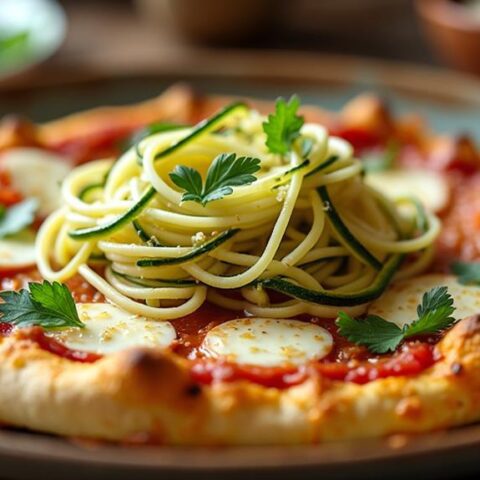
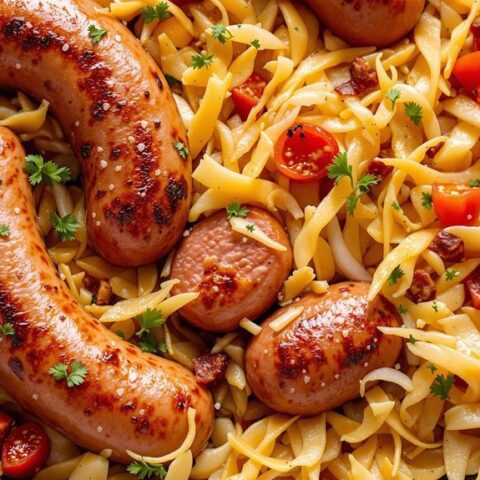
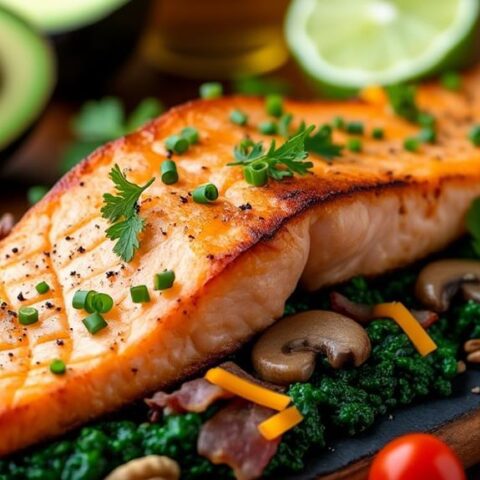
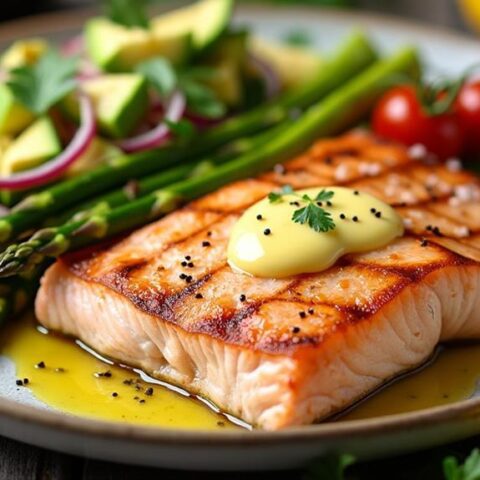
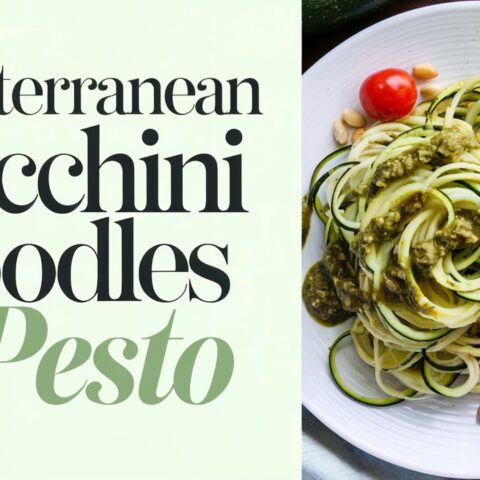

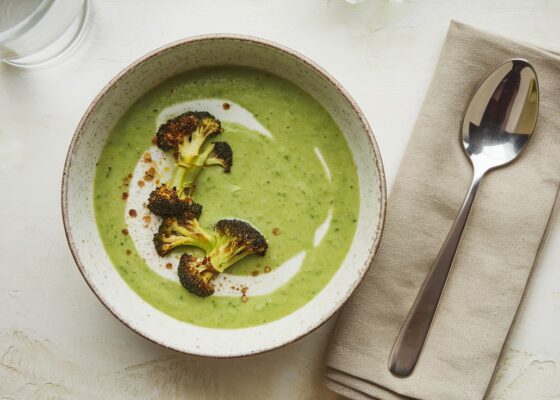

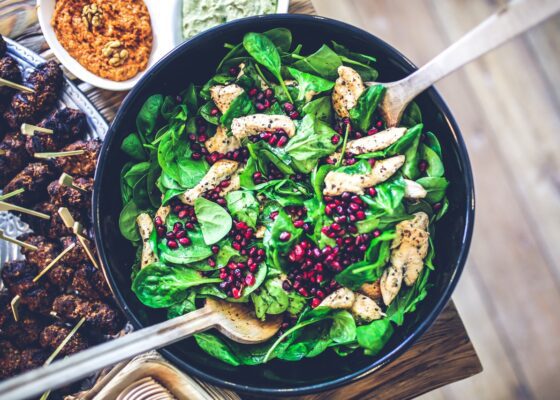
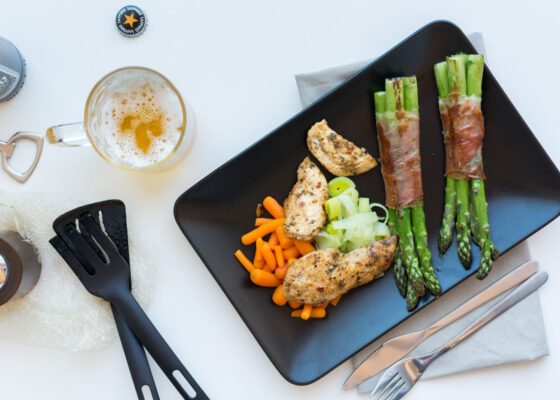
No Comments